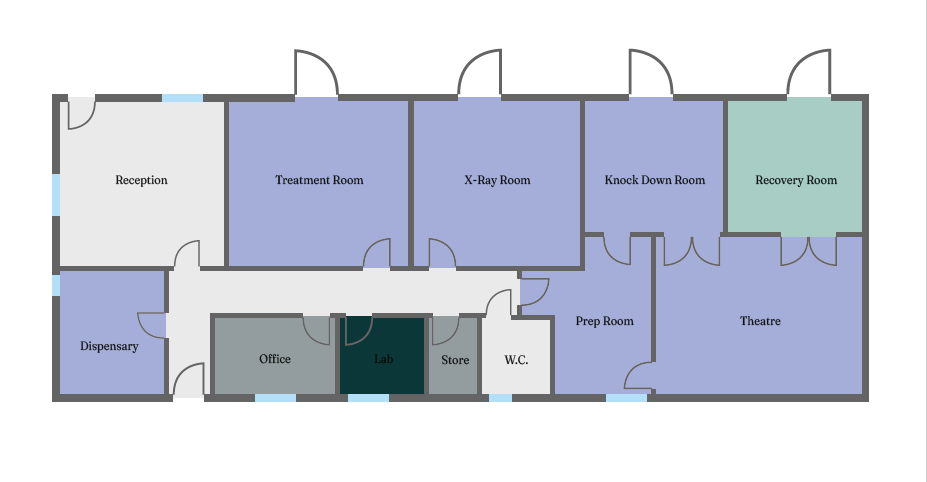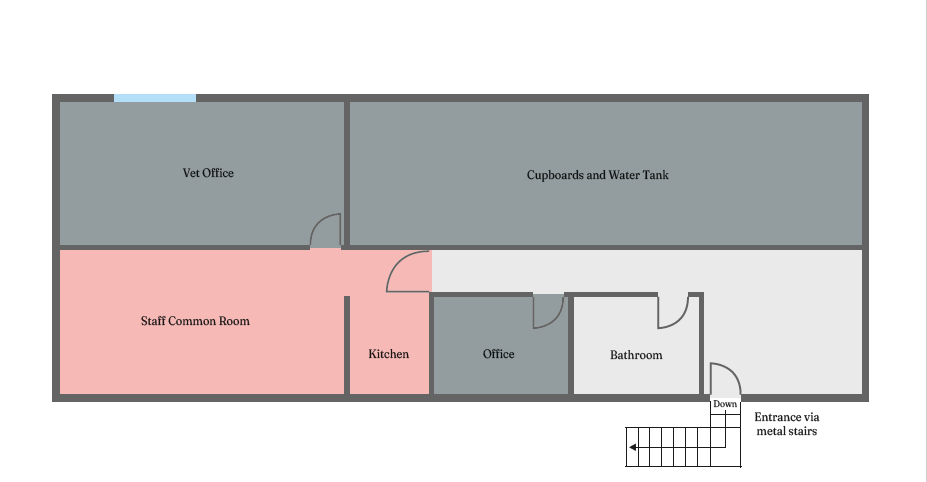20 Apr 2025
From high-end racing yards to Shetland ponies and everything in between, Western Counties has a diverse client range with facilities that have grown from an equine practice into an impressive hospital. To see how it has flourished, VBJ paid a visit to the Devon centre.

Staff: full-time vets 11 • registered veterinary nurses 9 • practice administrator 5 Fees: initial consult £61.27 • follow-up £41.48
It says a lot about a practice when the staff stay put. And when they start clocking up decades, it really does speak volumes.
At Western Counties Equine Hospital, located in the rolling country hills of Devon, clinical director Simon Joyner has been with the business for more than 20 years, being active in the long-term growth from a small, independent practice to the impressive hospital it is today.
Nestled on the edge of the beautiful Blackdown Hills, an area of outstanding natural beauty, Western Counties was created in 2000 by vets Andrew Walker and Brian Crawford, who wanted to amalgamate their practices. They were then joined by Chris Johansson, now chalking up his own decades with the business.
When Brian retired, Simon joined and, following some personnel changes, Chris and Simon became partners, watching and helping the clinic grow into a proficient equestrian hospital, until the pair decided to sell to CVS in 2018.
Simon is still pleased with the move the duo made for a variety of reasons, including more security and flexibility, as well as the ability to be part of something bigger.
He explained: “The practice has grown quite significantly since we were acquired by CVS, which has been part of a steady growth all the way through.
“The corporates now own the majority of equine hospitals, at least in the UK. And I think that’s probably because a lot of these hospitals found the same challenges we did – because it wasn’t generally all about the money, that’s why we’re still working here. We won’t make our billions.”
Financial security has given Simon and Chris money for investment in things like MRI, the arena they are planning to build this year and the arthroscopy tower they have, which cost around £40,000.
Simon added: “The MRI is a great thing to have, but it doesn’t actually create us a lot of direct income, because it has got a lot of expenses associated with it; the lease payments and the nurses’ time and the reporting charges to get the reports back on the images. But it’s really important in terms of our profile as a referral practice and our clinical satisfaction of working out lameness cases.
“So, some things have other benefits beyond the purely financial, obviously, and I suppose, there’s no getting away from the fact that with the current economic climate, CVS has to think carefully about where it invests its money. But that’s only to be expected.
“And so, having spent 15 years as very much a stand-alone little island, it is really refreshing to be part of something a bit bigger now.”
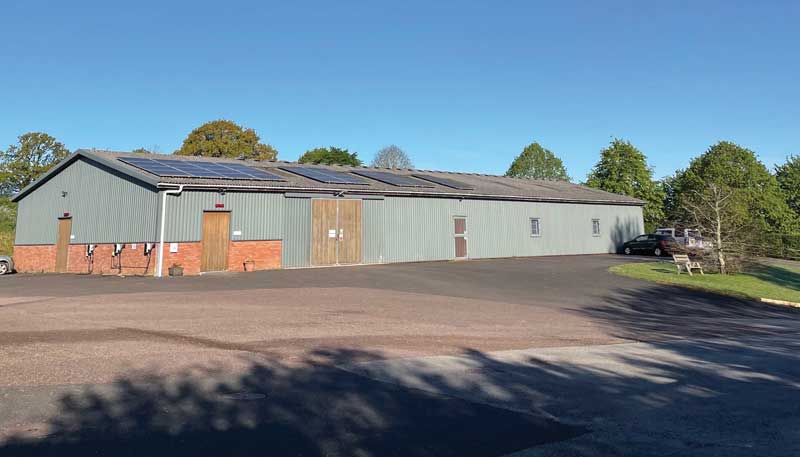
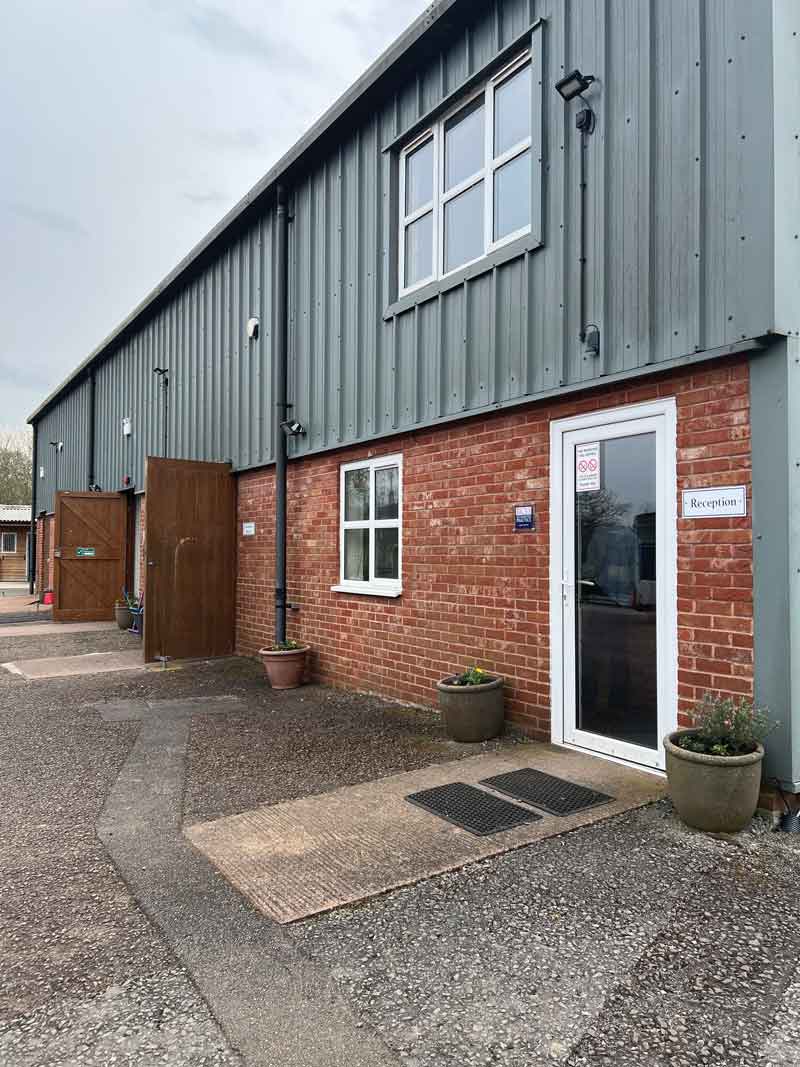
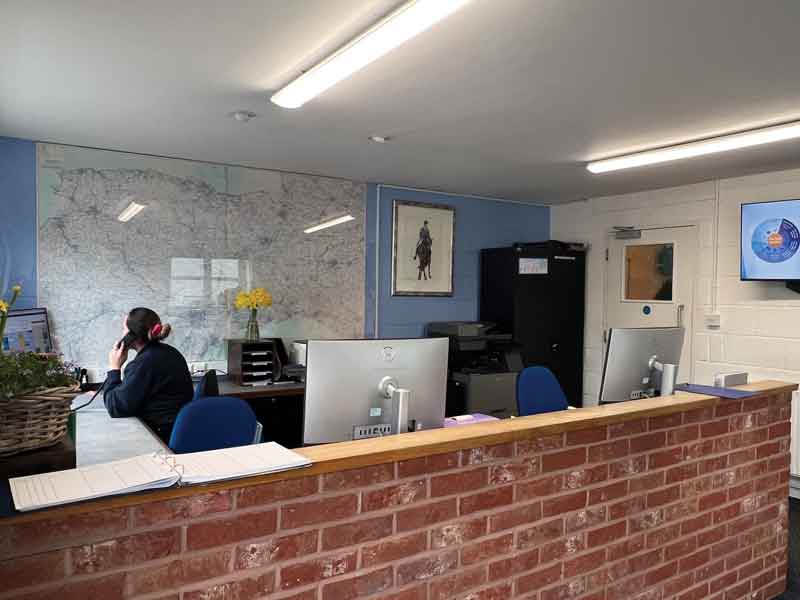
Alongside the equine practice, which offers routine health care, performance horse management, dentistry and pre-purchase examinations, Western Counties is also a hospital and referral centre with 12 in-patient stables in the modern barn, and extensive facilities. These include a surgical suite, two isolation boxes, stocks, three out-patient stables, three examination rooms, a moveable round pen, purpose-built trot-up area and an on-site laboratory.
Surgical procedures range from castration of mature horses and hernia repairs through to colic surgery and arthroscopic (keyhole) joint surgery. In addition, the hospital can perform a full range of upper respiratory tract surgeries (wind operations).
For diagnostics, the centre has a Hallmarq MRI scanner and offers portable and gantry-mounted radiography and digital ultrasonography, as well as Equigait objective gait analysis for lameness.
Simon added: “We share ideas and some equipment between the other [CVS] practices. So there are a lot of advantages, and not too many drawbacks.
“With equipment, we’ve got most things – we don’t have a CT scanner, which is an aim longer term, but to make it pay, we need a scanner that can do everything. And they’re about a million pounds, so you’ve got to be sure where your cases are coming from to justify that – and B&W Equine Vets have one only an hour-and-a-quarter away, for example.
“So, in terms of a small group, we’ve got the objective gait analysis, we’ve got shock wave. We’ve got a surgical laser, which is also a therapeutic laser. So, we’ve got most of what we need to do the day-to-day job.”
Western Counties also boasts an electrochemotherapy machine that it shares with a couple of other practices for improving the response to treatment of skin tumours.
Chris added: “The things I’m proud of would be the MRI machine and the new arthroscopy tower is great in terms of the image quality you’re getting when you’re doing arthroscopic surgery.
“The electrochemotherapy machine we’ve been using for a few years seems to really offer good benefits. Basically, it delivers an electric pulse to the area that you’re treating with chemotherapy to help
the drugs enter the
tumour cells.
“So, we feel we’re relatively cutting edge, for our size.”
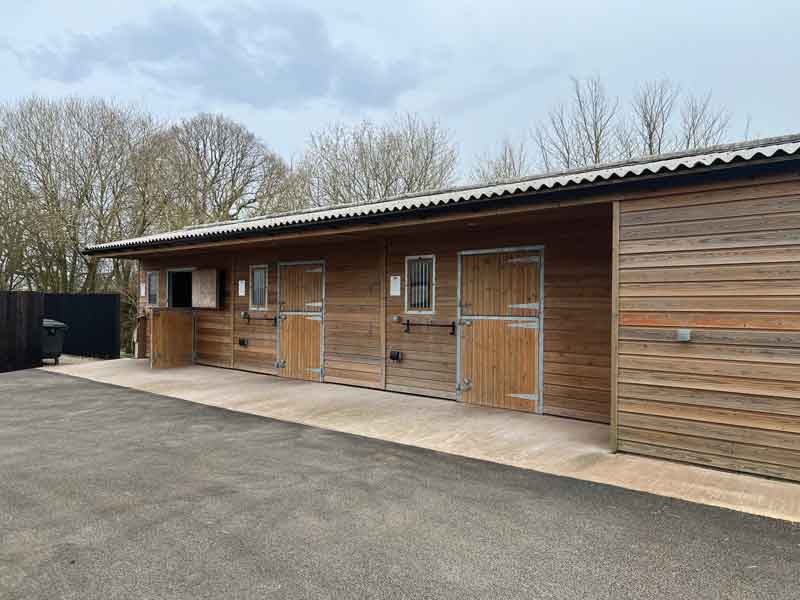
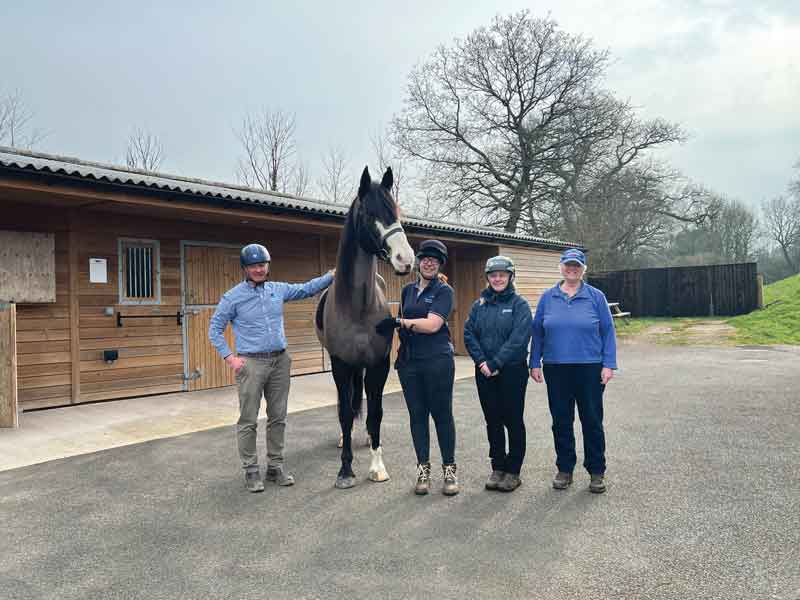

The client base at Western Counties is quite diverse, from local racing yards of various sizes to pony club ponies.
Simon explained: “We’ve got some fairly big racing yards; we do the work for many of those. Quite a lot of sports horses, eventers, dressage horses, some show jumpers. Then a lot of pleasure horses, children’s ponies at various levels, of which some can be very high level as well.
“The race horses generate more work because of the nature of what they’re doing. But it’s a fairly broad mix.
“And then on top of that, you’ve got the referral side, which probably makes up maybe a third of our work from a financial point of view. That’s quite a substantial part of the hospital work – above half the hospital turnover. And they’re a mixed bag as well, both in terms of the type of horse and the type of case we see.
“We’ve got a broad range of practices that refer to us, and they’ve got a broad range of clients. We do see all sorts of horses as referrals, from race horses to field companions, miniature Shetlands – and the odd donkey.”
Western Counties also undertakes some stud work, including artificial insemination.
“That is a smaller part of our work, but an important part,” Simon added.
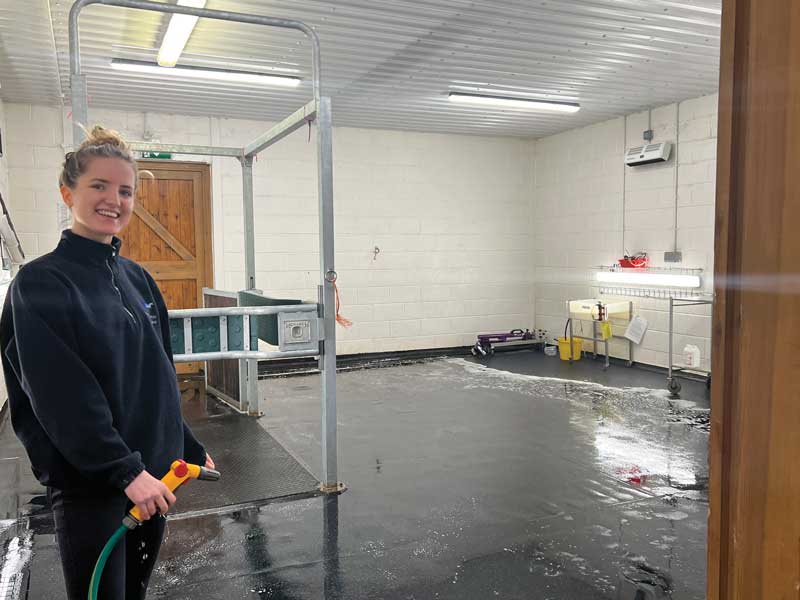
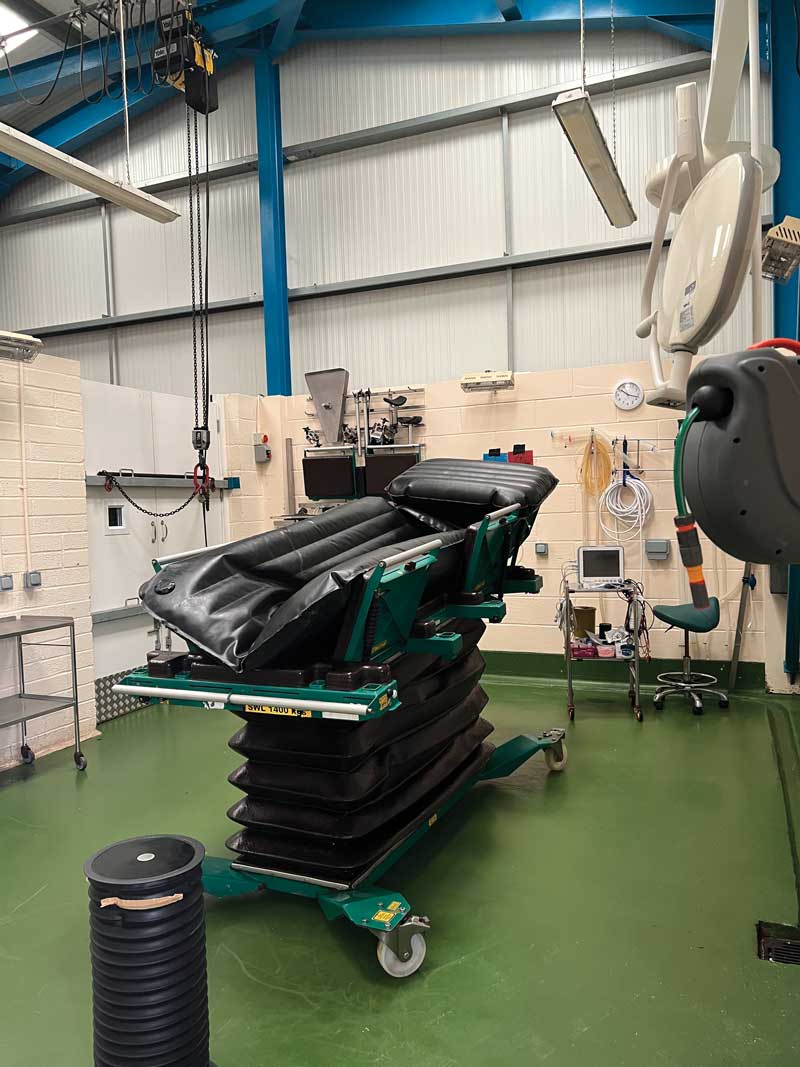
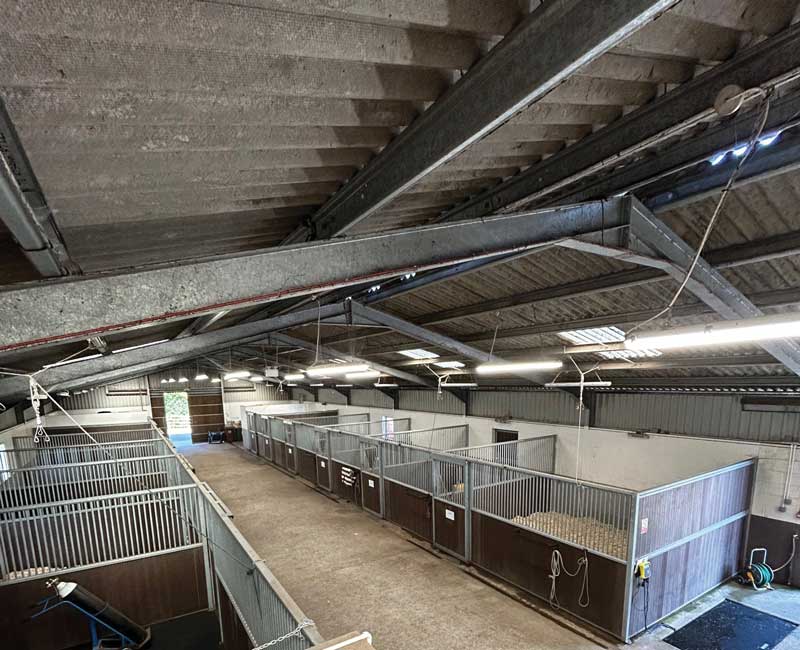
The ethos at the practice is that the team wants to provide the clients with the best possible clinical service and access to the best possible clinical facilities.
Simon explained: “And that’s been our overriding goal. But at the same time, accepting and embracing the fact that one treatment isn’t right for every client. We would always try to offer every client the gold standard treatment, but equally, recognise that there are a number of reasons why that might not be the appropriate treatment in every case.
“So, contextualised care – which has become one of the more spoken about things – is something we’ve always tried quite hard to offer.
“We have such a wide range of horses. And for some of our clients, horses are a business. And the horses do have a certain value. And I think because we’ve always had those type of clients, we’re more used to accepting that as part of the overall thought process in terms of what treatments are right for individual cases.”
On staff and team morale, Simon believes employees’ happiness
is key.
He said: “I think, having done the job for quite a long time as the boss, you have a really important role to play in the team happiness. But it’s only part of the role. And the happier the team is, the happier they remain and we’ve been very lucky with the team that we’ve had.
“We moved to compressed hours working a year or so ago. So, the vets work four long days, 8am until around 6-7pm, and then you have a day off in the week. And I think that’s really helped in terms of work-life balance for the vets.
“We still work weekends and nights on duty. That’s not saying compressed hours doesn’t have drawbacks in terms of how tired you are at the end of a busy day. So the days themselves are more tiring, but it’s felt within the team as a whole that the benefit of that day off is worth paying the other prices for.
“Chris and I were slightly skeptical about how well it would work but it came from the team. There are some other practices within CVS that do it, so they were aware of it as a concept. We got a bit of pressure to give it a try, but it’s something that we felt was worth trying to keep the team happy
and motivated.”
So, what does Simon think is the secret to the success of the business?
“Oh, God, luck?” he laughed.
“I think we try to be fair to people and to empower people. We try to have a relatively democratic atmosphere. Our ethos is, it doesn’t matter whether you’re a specialist vet or a groom, if you’ve got an idea how you think something could work better or we could care for the horses better, then we try to make it an open place for ideas. And we try to be respectful to the rest of the team.”
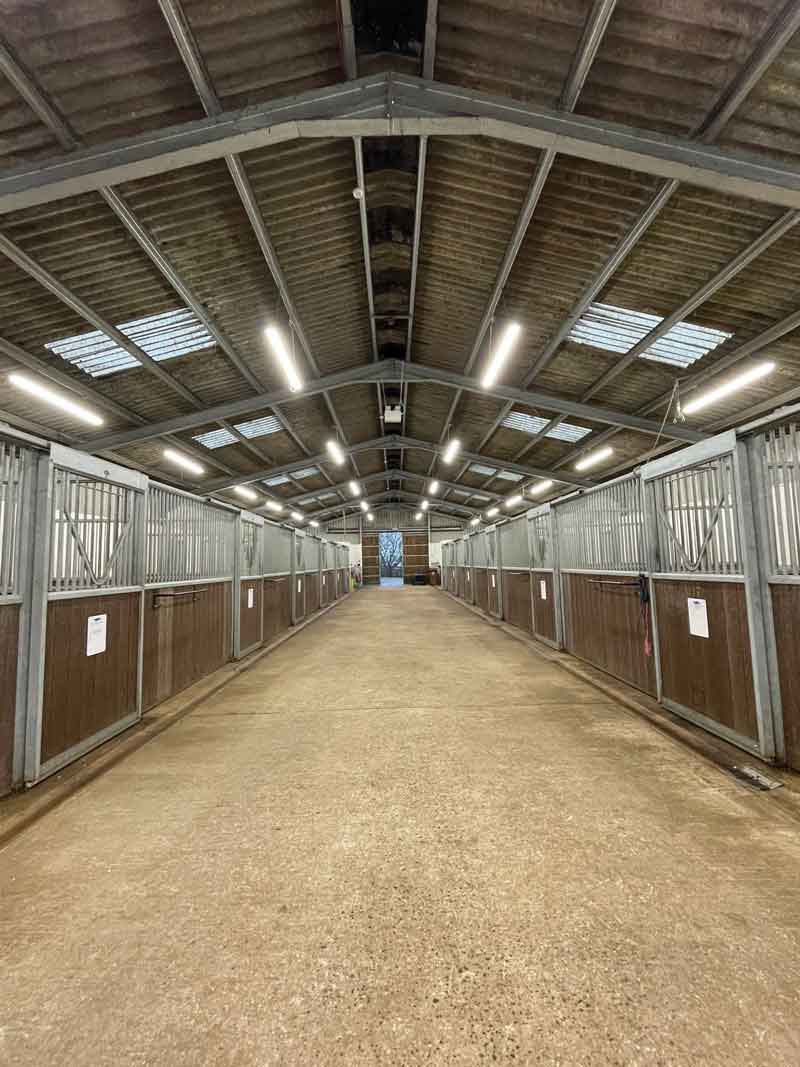
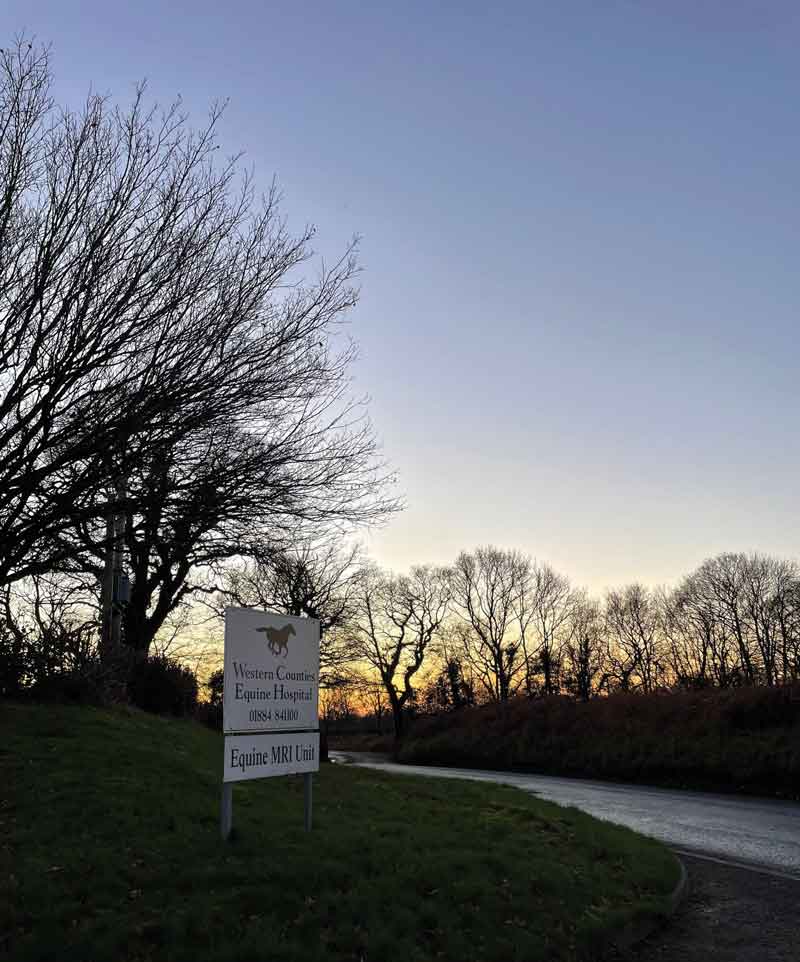
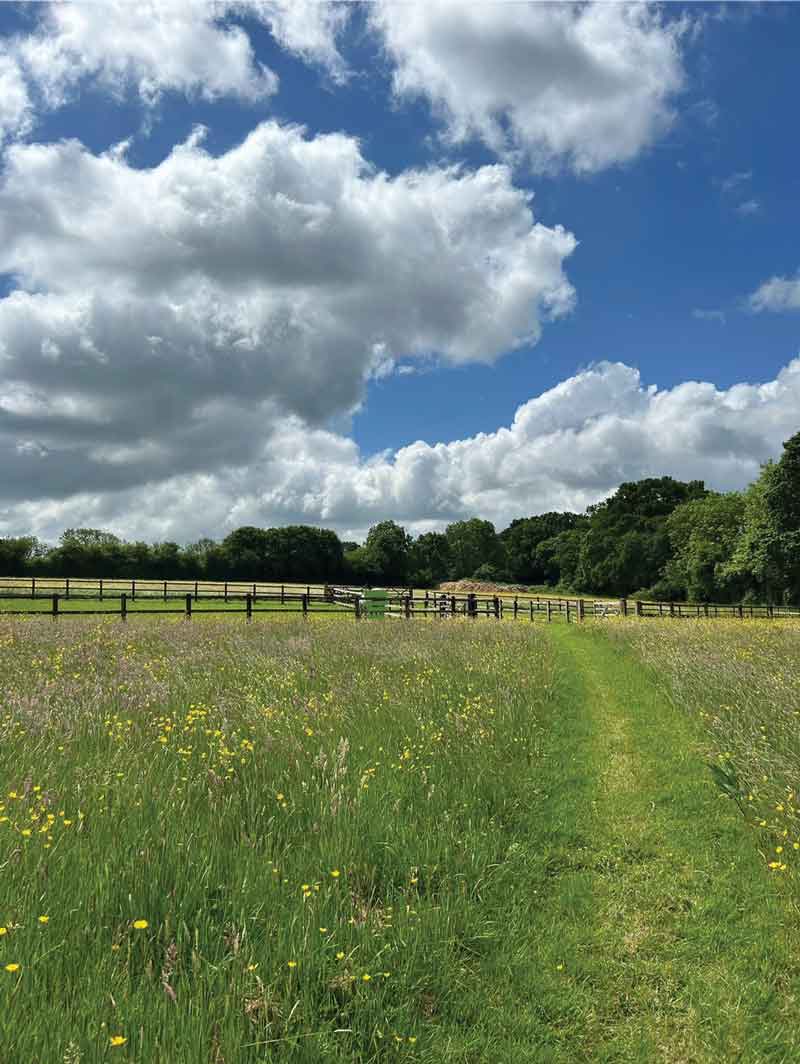
Future aims for the practice and hospital include a 50m by 30m arena to be built behind the clinic.
“That’s the big project for this year – it might be next year’s big project, too.
“It’ll be a good size arena, so we can do more ridden assessments and it will help with pre-purchase examinations.
“I think our biggest challenge going forward will be how we manage the out-of-hours side of the running the hospital, because it’s hard in a small hospital to have enough specialists, surgeons or medics, and have enough daytime work for them to have decent out of hours from a quality-of-life point of view.
“If we can get closer cooperation between specialist vets within practices within the group, I’d like to see us able to offer this wider range of specialist, even if it’s not full-time vets. We’d like to still be able to continue to offer our clients a full range of services at a cost-effective price.
“But, equally, we’re quite a nice size. I don’t think we’re the size where we need push growth just for the sake of it. Quality over quantity.
